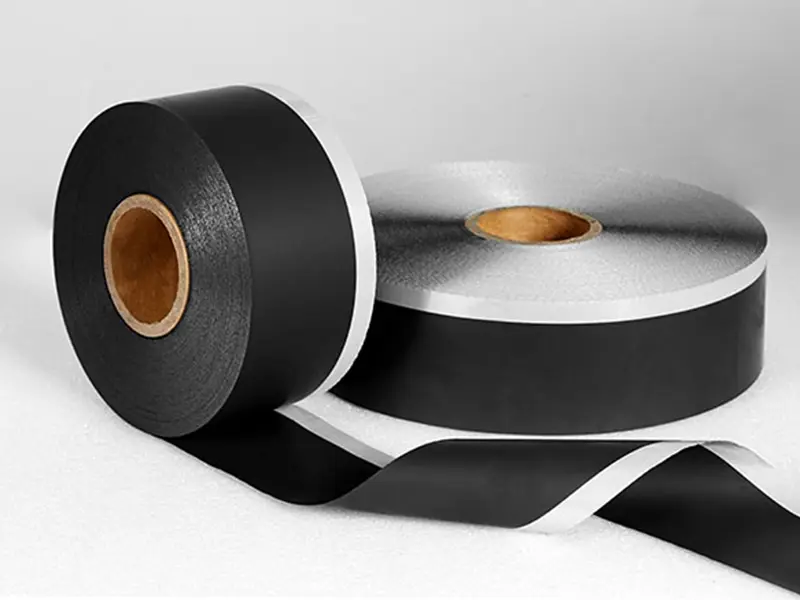dry electrode introduction: compared with the traditional wet method is a comprehensive upgrade of the process, more suitable for a new generation of battery needs.
(1) The electrode production process determines the basic performance of the cell
The production of electrode sheet is the first step in the production of the cell, which has a decisive effect on the basic performance of the cell. Electrode sheet production is the first step of cell manufacturing, which is mainly divided into four steps: slurry mixing, electrode sheet coating, electrode sheet rolling and electrode sheet cutting. Electrode production accounts for 35.75% of equipment, labor and plant costs, and 57.23% of energy costs, which is the most expensive link in the cell manufacturing step.
Slurry mixing: the positive/negative active substance, conductive agent, adhesive is evenly dispersed in the solvent and stirred in proportion to form a stable slurry with a certain viscosity, which accounts for 7.91% of the cost of equipment, labor and plant.
Coating drying + solvent recovery: The traditional wet coating method is to coat the copper/aluminum foil with a evenly stirred slurry and send the compound into the drying oven to evaporate the solvent and recover the solvent. The two processes account for 19.56% of the cost of equipment, labor and plant, and 48.20% of the cost of energy.
Rolling: The coated pole roll is placed under the two rollers of the roller press, and the ideal thickness and interface consistency are achieved by squeezing the pole sheet. This process accounts for 5.19% of the cost of equipment, labor and plant.
Slitting: the wide pole sheet is cut into narrow pole sheet after rolling. The burr size and morphology of the section will directly affect the quality of the winding or laminating sheet. This process accounts for about 3.09% of the cost of equipment, labor and plant.
(2) Process introduction and material comparison of dry method and wet method
The traditional wet process is to mix the active substance, conductive agent and adhesive in proportion to the solvent, and apply it to the surface of the fluid collector through the slit coating die head and roll. The dry process is to add the adhesive to the active particles, conductive agent and dry mixing, and form a self-supporting film under the action of the adhesive fibrinization, and finally roll over the surface of the fluid collector.
Key Product features:
EDLC Electrode Tape
Solvent Free
High Purity and In
Post time: Sep-05-2023

